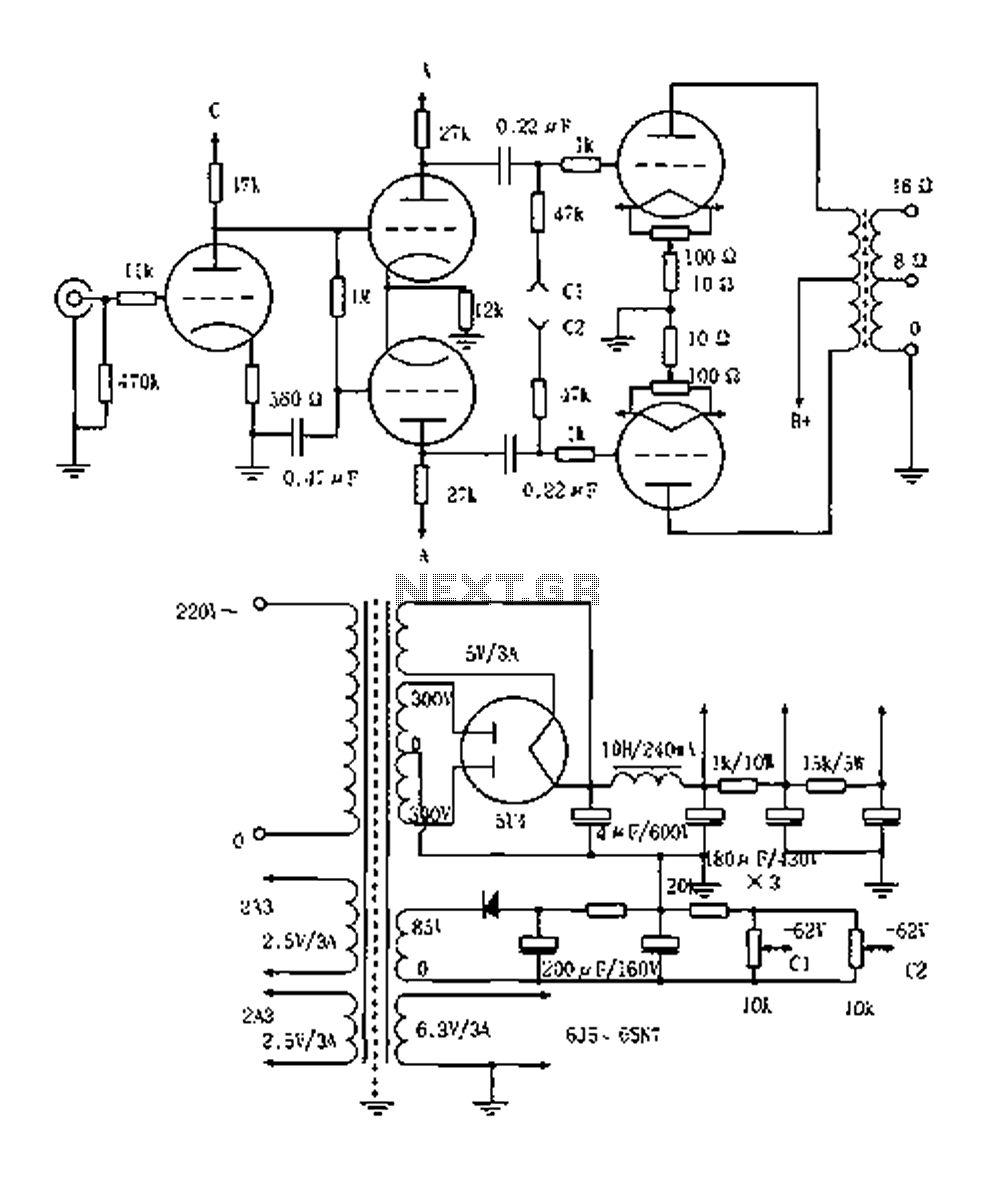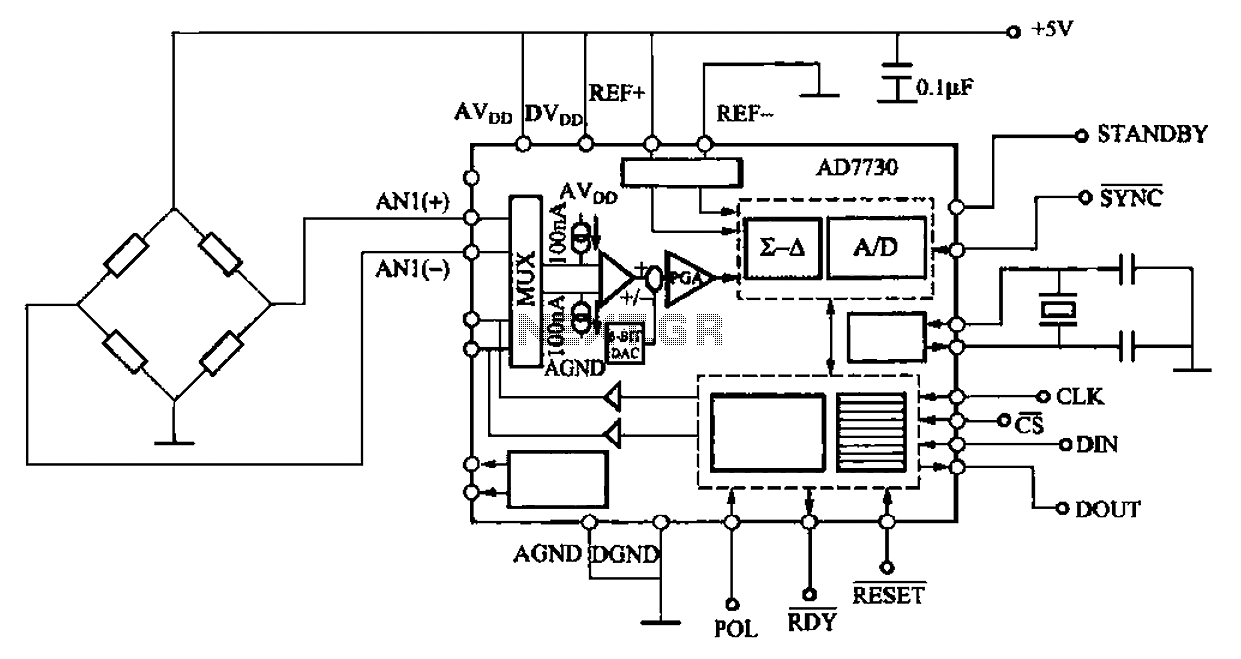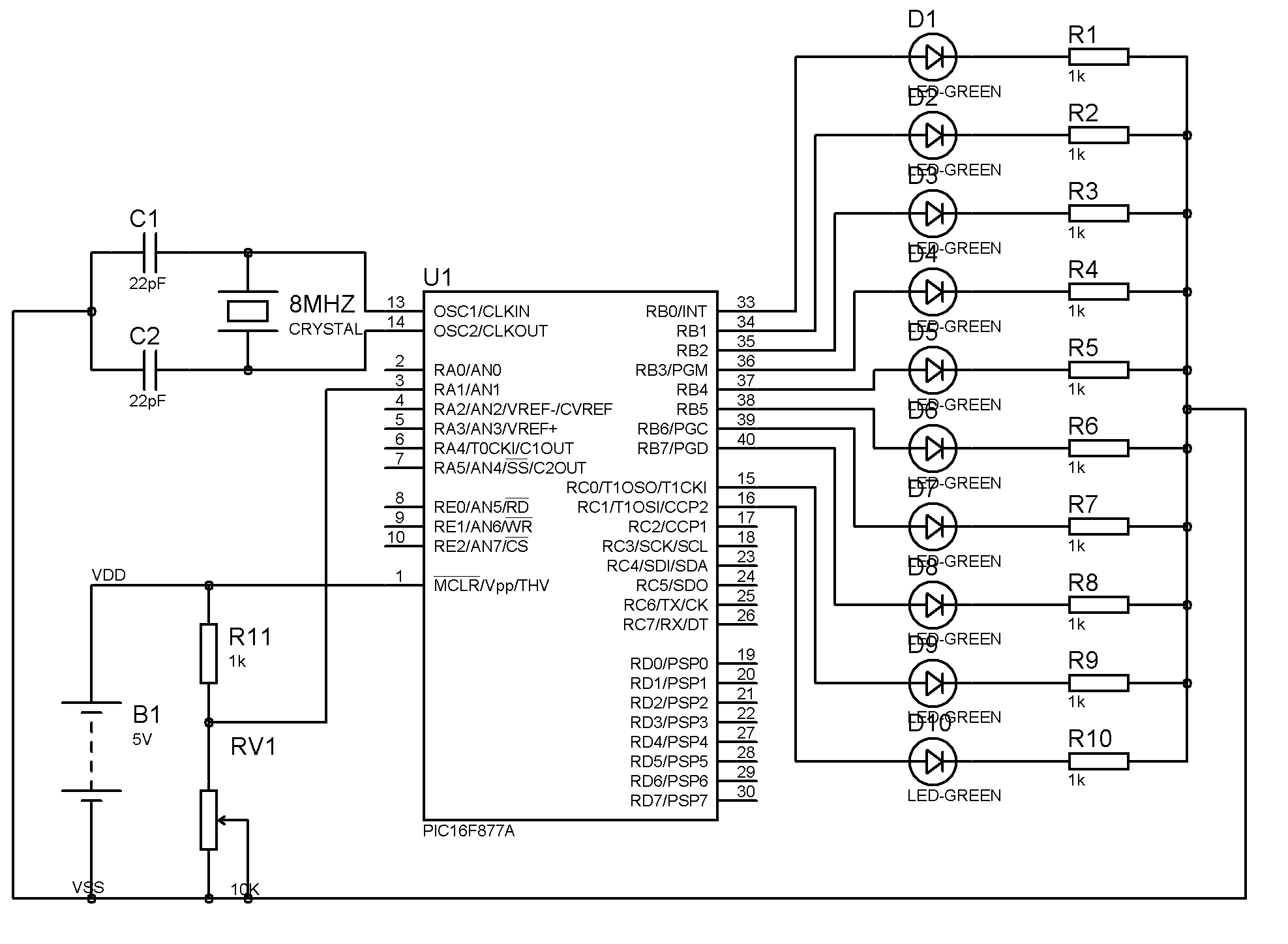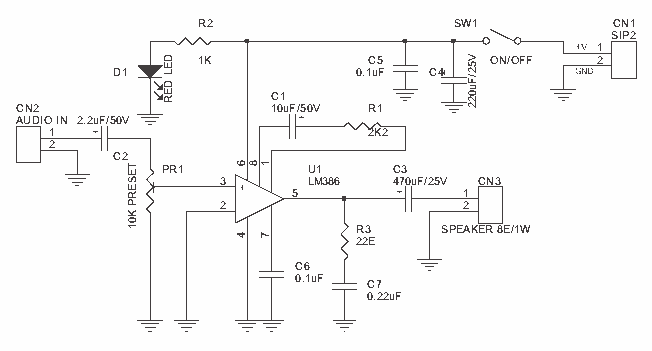
Boss DD-2 Digital Delay Guitar Pedal Schematic Diagram

The DD-2 is a highly regarded digital delay pedal that emulates an analog sound. It was initially sold from 1983 until it was discontinued in 1986, after which it was relaunched without any modifications as the DD-3 (noting that later versions of the DD-3 feature a different design). The circuit utilizes the RDD63H101 integrated circuit (IC) and a 12-bit analog-to-digital (A/D) converter, providing a flat frequency response ranging from 40 Hz to 7 kHz. The pedal can generate delay times from 12.5 milliseconds to 800 milliseconds and includes a sample-and-hold feature.
The DD-2 digital delay pedal is engineered to deliver high-quality sound with an emphasis on an analog-like auditory experience. At the heart of its operation is the RDD63H101 IC, which is responsible for the core processing of the audio signal. This IC works in conjunction with a 12-bit A/D converter, which allows for accurate digitization of the input audio, ensuring that the frequency response remains flat across the specified range of 40 Hz to 7 kHz. This characteristic is vital for maintaining the integrity of the audio signal during processing.
The delay time capability of the DD-2 spans from 12.5 milliseconds to 800 milliseconds, making it versatile for various musical applications, from subtle echoes to pronounced delays. The inclusion of a sample-and-hold feature enhances the pedal's functionality, allowing for creative manipulation of the audio signal. This feature captures and holds a specific audio sample, enabling musicians to create unique soundscapes and effects.
Overall, the DD-2's design reflects a thoughtful integration of analog warmth with digital precision, making it a sought-after tool for musicians seeking to expand their sonic palette. The pedal's enduring popularity is a testament to its quality and versatility within the realm of electronic music production.The DD-2 is one of the best digital delay pedals and actually sounds very analog! The pedal was sold from 1983 and it did officially go out of sale 1986 but it was relaunched without changes as the DD-3 (later versions of the DD-3 use a different design). The circuit is built around the RDD63H101 IC and a 12 bit A/D converter producing a flat freq uency response between 40Hz and 7kHz. It generates a delay time of 12. 5 to 800 milliseconds and offers a useful sample/hold feature. 🔗 External reference
The DD-2 digital delay pedal is engineered to deliver high-quality sound with an emphasis on an analog-like auditory experience. At the heart of its operation is the RDD63H101 IC, which is responsible for the core processing of the audio signal. This IC works in conjunction with a 12-bit A/D converter, which allows for accurate digitization of the input audio, ensuring that the frequency response remains flat across the specified range of 40 Hz to 7 kHz. This characteristic is vital for maintaining the integrity of the audio signal during processing.
The delay time capability of the DD-2 spans from 12.5 milliseconds to 800 milliseconds, making it versatile for various musical applications, from subtle echoes to pronounced delays. The inclusion of a sample-and-hold feature enhances the pedal's functionality, allowing for creative manipulation of the audio signal. This feature captures and holds a specific audio sample, enabling musicians to create unique soundscapes and effects.
Overall, the DD-2's design reflects a thoughtful integration of analog warmth with digital precision, making it a sought-after tool for musicians seeking to expand their sonic palette. The pedal's enduring popularity is a testament to its quality and versatility within the realm of electronic music production.The DD-2 is one of the best digital delay pedals and actually sounds very analog! The pedal was sold from 1983 and it did officially go out of sale 1986 but it was relaunched without changes as the DD-3 (later versions of the DD-3 use a different design). The circuit is built around the RDD63H101 IC and a 12 bit A/D converter producing a flat freq uency response between 40Hz and 7kHz. It generates a delay time of 12. 5 to 800 milliseconds and offers a useful sample/hold feature. 🔗 External reference





